#urban commons
Explore tagged Tumblr posts
Text
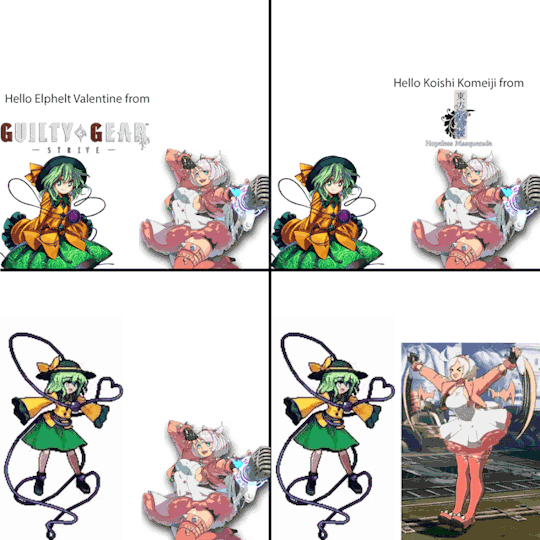
#koishi#koishi komeiji#touhou koishi#elphelt valentine#elphelt guilty gear#elphelt#elphelt ggst#touhou#touhou project#guilty gear#ggst#guilty gear strive#antimony of common flowers#urban legend in limbo#hopeless masquerade
2K notes
·
View notes
Text

When your one problem turns into two problems.
Mäusebussard (buzzard) am Unisee, Vaihingen.
#mäusebussard#buzzard#common buzzard#birds#birds of prey#busardo ratonero#birding#bird watching#urban birding#birblr#nature#wildlife#ornithology#stuttgart#germany#wildlife photography#photographers on tumblr#bird photography#my photography
294 notes
·
View notes
Text
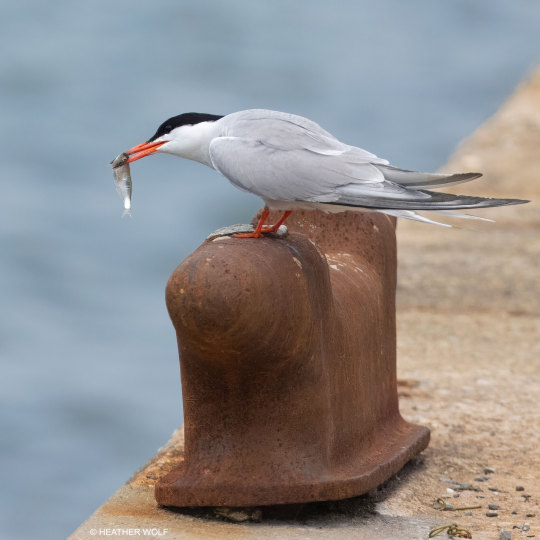
Common Tern with its tiny catch! In Brooklyn Bridge Park, Pier 3.
#birds#birding#urban birding#nuts_about_birds#birdstagram#patch birding#nature blogger#nyc nature#brooklyn#brooklyn bridge park#nyc#nature#common tern#tern#charrán común
524 notes
·
View notes
Text
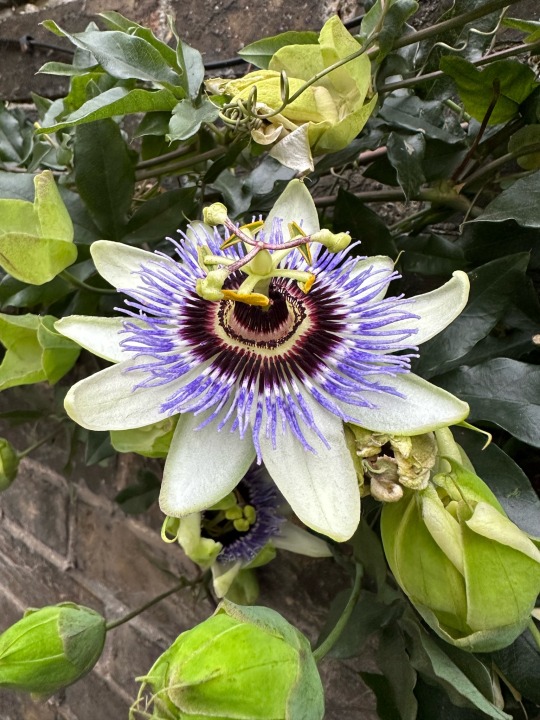
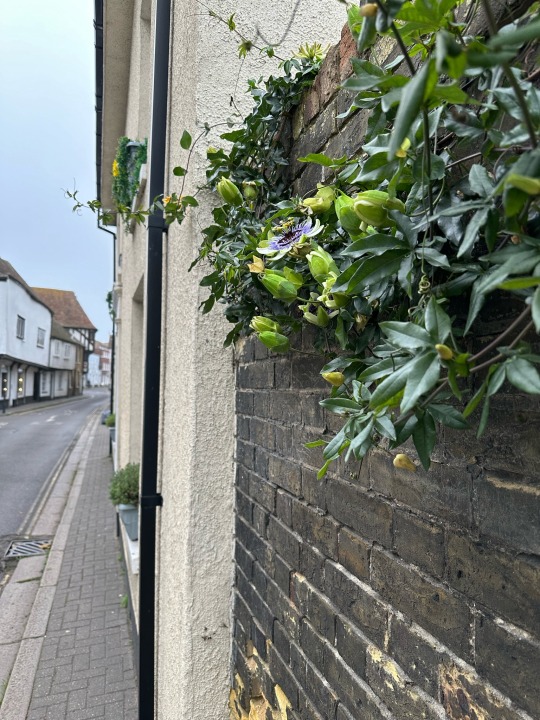
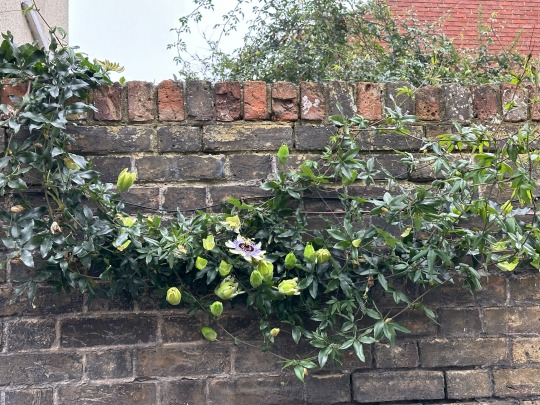
Plant of the Day
Friday 8 November 2024
Probably the last flower of the season for this climber Passiflora caerulea (blue passion flower, blue crown, common passion flower, flower of five wounds). It was on a garland of stems appearing over a garden wall to surprise me on the street.
Jill Raggett
#passiflora#blue passion flower#blue crown#common passion flower#flower of five wounds#climber#walled garden#wall#urban landscape#plants#horticulture#gardens#garden#kent#Sandwich
192 notes
·
View notes
Text












Not the prettiest baby birds in the world, but so cute
#photographers on tumblr#original photography#birding#bird photography#urban birding#hamburg#Botanischer Garten der Universität#common moorhen#Teichralle#Teichhuhn
326 notes
·
View notes
Text

Tigran: launching into a story about a time when he was 7 and watched a guy get eaten alive by dogs, completely unprompted and unnervingly blasé about the whole thing.
Etsushir: not listening, warming his hands over the nightly allotment of yams, smoking.
Palo: this is the tenth time he's heard this story, not listening, wondering whether Etsushir is smoking tobacco and where the hell he got it and can he have some?
#Lore:#Tigran has kind of a psychological fixation on people being eaten by dogs. Which is rooted in childhood trauma but it's hard#to tell because he loves dogs and always seems weirdly enthused by the whole concept.#More lore:#They're cooking on a dry dung fire which is very common in the region in general- largely grassland and savannah. Most of the#formerly wooded areas are deforested both on a long scale due to the drying climate and on a short scale of human use.#Wood is a valuable commodity and grown in agricultural regions and harvested with coppicing or otherwise imported by sea.#The northeast has an intact forest that hasn't been widely exploited due to distance from urban centers and impracticality of#transport over land and that's pretty much it.#The Highlands also retain woodlands within the interior but the formerly surrounding forests have been heavily exploited#(due to proximity to major rivers) and were fully wiped out within the past century.#The fact that cremation is the default and expected funerary practice and also used in most sacrificial offerings heavily#contributes (cattle and khait dung is allowable for these purposes due to the animals' sacred status but not considered preferable).#(associated with lower class funerals)#Anyway bottom line dry dung is going to be what the majority of people use for everyday fuel needs and also what pretty#much everyone on the pilgrimage is using (which the wealthier members are unaccommodated to but these guys are)#etsushir#tigran otto#palo apolynnon#the white calf
268 notes
·
View notes
Text



Come Have a Bite with the Vampire Bat!
Desmodus rotundus, better known as the common vampire bat, is a species of leaf-nosed bat native to Central and South America, as well as parts of the Caribbean. They are found primarily in tropical forests, particularly rainforests, but can also roam into scrubland and agricultural areas. Common vampire bats roost in hollow trees, caves, and abandoned buildings, making them a common sight in or near urban areas.
As their name implies, the common vampire bat feeds exclusively on blood, particularly those of mammals. In the wild they will feed on large animals like tapirs, but they more frequently go after domesticated animals like cattle, goats, and horses. However, when ideal prey is lacking they will also feed off lizards, turtles, snakes, toads, and crocodiles. Like most bats, D. rotundus uses echolocation to find prey. Then, special heat sensors in the nose help it to detect blood vessels close to the skin; it then bites open a small flap of the skin and drinks its fill. Its saliva contains both painkillers and anticoagulents, so victims seldom notice their host until after it has fed. Predators of D. rotundus include owls, hawks, and eagles.
Common vampire bats live in colonies of about 100 individuals, although colonies consisting of up to 1,000 individuals have been recorded. Within these colonies, males and females roost separately; females cluster in groups of 8-20, while males roost individually and guard territories against other males. However, D. rotundus is highly social, and males and females will both groom members of the same and opposite sex. This grooming can even extend to homosexual behaviours like genital licking, which is thought to reinforce hierarchies and strengthen social bonds.
D. rotundus can breed year-round, but females only raise one pup per year. Males typically mate with females in or near their defended territories. Afterwards, females carry their pregnancy for about 7 months before giving birth to a single pup. These young feed on their mother's milk for their first month; during this time, other adult females will often provide the mother with excess blood as she cannot hunt for herself. Once the pup is weaned they begin recieving blood from their mothers, and at four months they begin accompanying her on hunts. At about five months they are fully independent; females will remain in their mother's roost while males will leave to establish their own territories. Young become fully mature at about a year old, and adults may live to 12 years in the wild.
The common vampire bat is relatively plain looking, as far as bats go. They are generally gray or brown, with darker fur over their backs and dark brown or black membranes along their wings. The nose has a distinct triangle shape, which houses special heat-sensing organs. Likewise, the ears are large and triangular, used for echolocation. Adults are rather small, about 9 cm (3.5 in) long with an average wingspan of 18 cm (7 in) and a weight of 25–40 grams (2 oz).
Conservation status: The IUCN lists D. rotundus as Least Concern. In fact, populations of the common vampire bat are increasing due to the abundance of livestock as a food source.
If you like what I do, consider buying me a ko-fi!
Photos
Jose Gabriel Martinez Fonseca
Sheri & Brock Fenton
Nicolas Reusens
#common vampire bat#Chiroptera#Phyllostomidae#vampire bats#leaf-nosed bats#bats#mammals#tropical forests#tropical forest mammals#tropical rainforests#tropical rainforest mammals#urban fauna#urban mammals#central america#south america#queer fauna#nature is queer#animal facts#biology#zoology#ecology
213 notes
·
View notes
Text
Crow floofing.

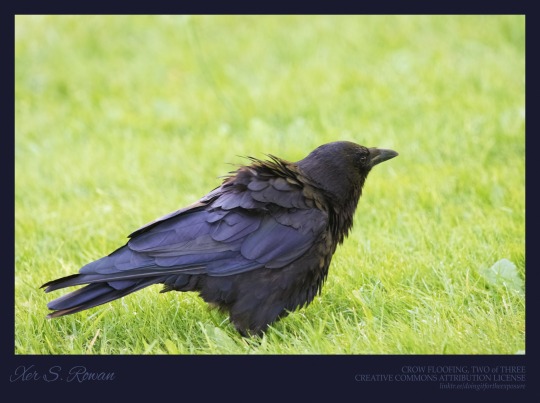

Photo by Xer S. Rowan, Creative Commons Attribution license
I take photos for the love of photography and share them under a free-to-use-as-long-as-I-am-properly-credited license. I'm disabled, neurodivergent, and living on a poverty-level fixed income. My linktree has a couple of wishlists, if you'd like to enrich my life a little.
#crow#corvid#feathers#birdwatching#birblr#birb#bird photography#wildlife photography#creative commons photography#free stock images#original photography on tumblr#backyard photography#urban wildlife#creative commons#photography
264 notes
·
View notes
Text

Professional Possum
#mcyt#undescribed#fanart#art#pearlescentmoon#hermitcraft#yeah i had to give her a fursona eventually.#i feel like she kinda looks like a squirrel here like the giant colorful ones but i based it off of the common bushtail possum#idk if they have as much of a reputation for being little trash gremlins as the american opossum#but from what i could tell they do have urban populations which probably means they get into the trash sometimes. so#i approach fursona colors based on vibes alone so thats ehy blue yellow purple. sparkledog philosophy#furry designs
338 notes
·
View notes
Text


Acrobatic chaffinch on an apple tree
#bird photography#birdwatching#urban bird#city bird#birblr#bird tumblr#chaffinch#finch#common chaffinch#tree#apple tree#apple#Apr 2024
61 notes
·
View notes
Text

Squares: A Public Place Design Guide for Urbanists by Mark C. Childs, Types of Urban Commons
#Squares#squares: A Public Place Design Guide for Urbanists#Mark C. Childs#Types of Urban Commons#civic#list#architecture#design#urbanism#urban design
30 notes
·
View notes
Text


Pest control was here. What an absolute tragedy. 🐀🕯️😢
Mäusebussard (buzzard) in Stuttgart-West.
#mäusebussard#buzzard#birds of prey#birds#biblr#common buzzard#busardo ratonero#birding#bird watching#urban birding#nature#wildlife#ornithology#stuttgart#germany#photographers on tumblr#wildlife photography#my photography#bird photography
393 notes
·
View notes
Text
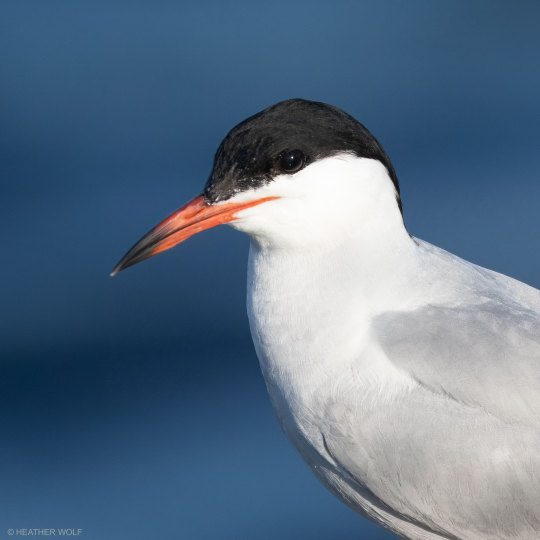
Common Tern Brooklyn Bridge Park, Pier 3
#birds#birding#urban birding#nuts_about_birds#birdstagram#patch birding#nature blogger#nyc nature#brooklyn#brooklyn bridge park#nyc#nature#tern#common tern
342 notes
·
View notes
Text


The locked Music Rooms from Urban Legend in Limbo and Antinomy of Common Flowers seem to have some boss themes already unlocked.
22 notes
·
View notes
Text


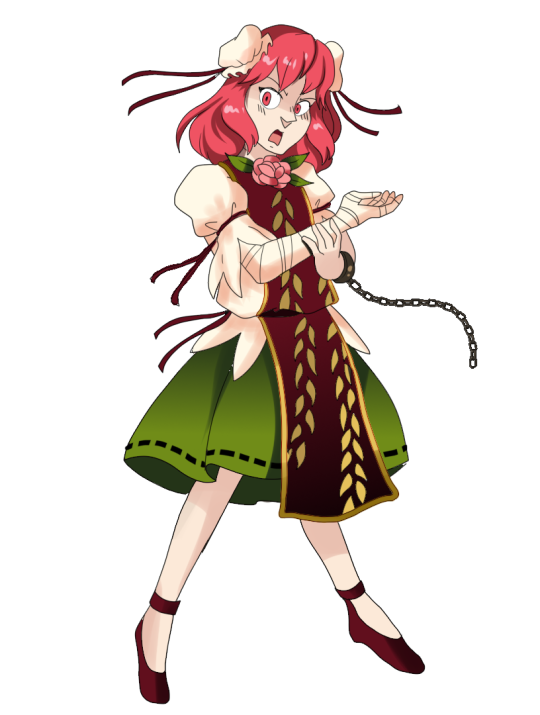

#touhou#touhou project#my art#drawing#kasen ibaraki#ibaraki kasen#hatate himekaidou#hatate#joon yorigami#jo'on yorigami#yorigami joon#antinomy of common flowers#urban legend in limbo?#double spoiler#iku nagae#scarlet weather rhapsody
67 notes
·
View notes
Text
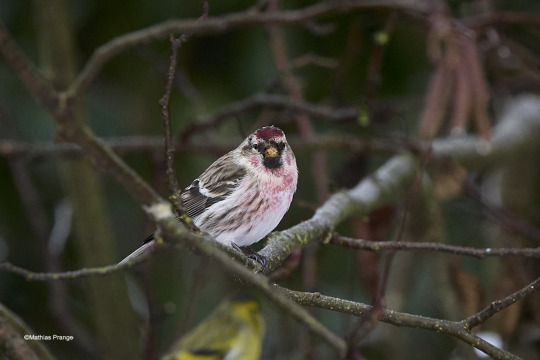
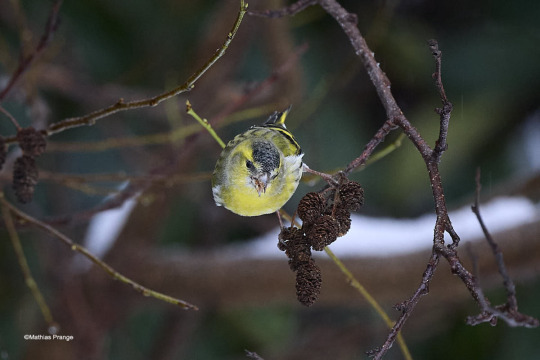
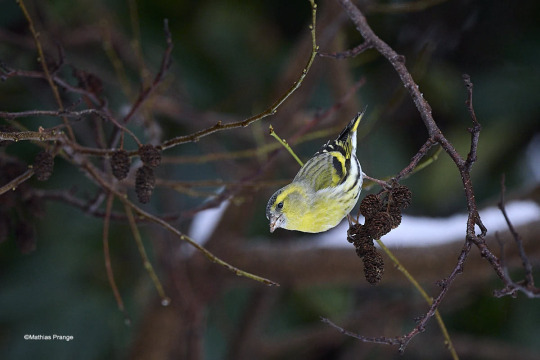
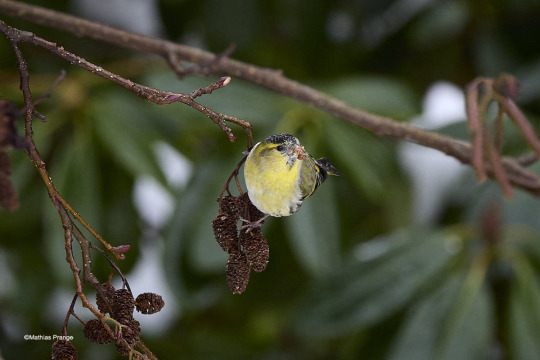
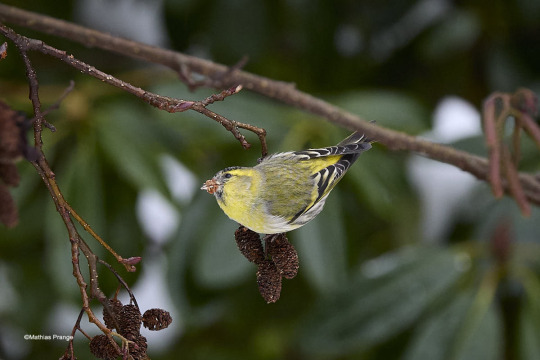
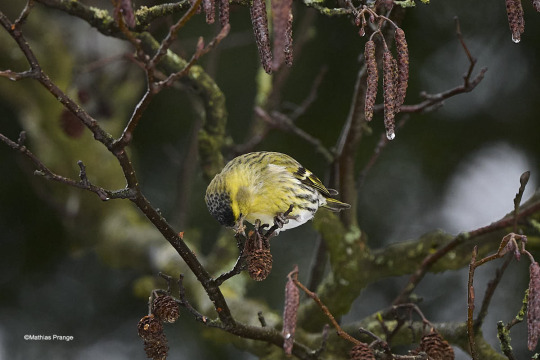
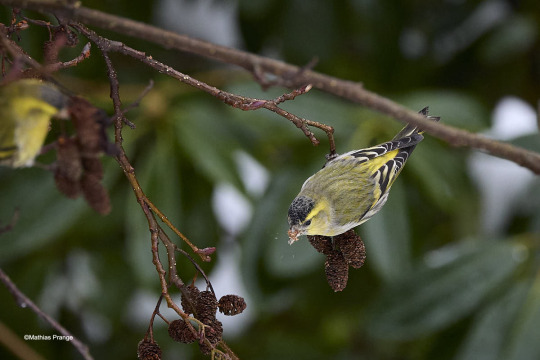

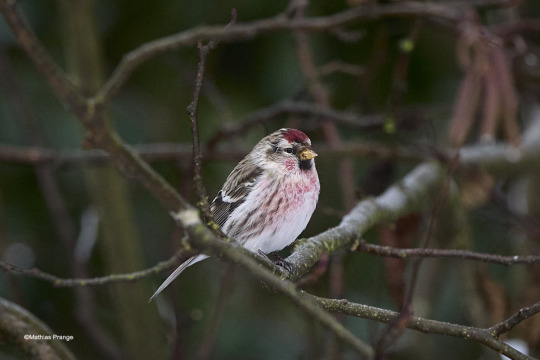



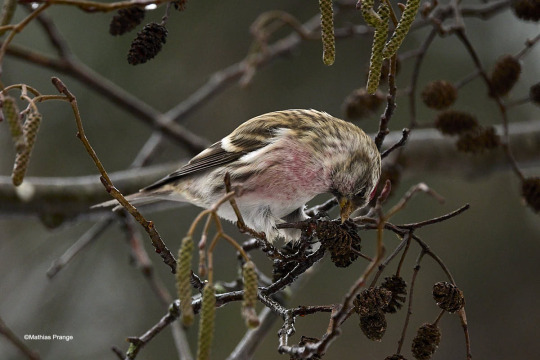

Today I had the pleasure of watching a large flock of siskins and redpolls in the trees. Some moved so far down that they could be photographed. A few even ventured down to the ground.
#photographers on tumblr#original photography#birding#bird photography#urban birding#hamburg#siskin#Erlenzeisig#common redpoll#Birkenzeisig
369 notes
·
View notes